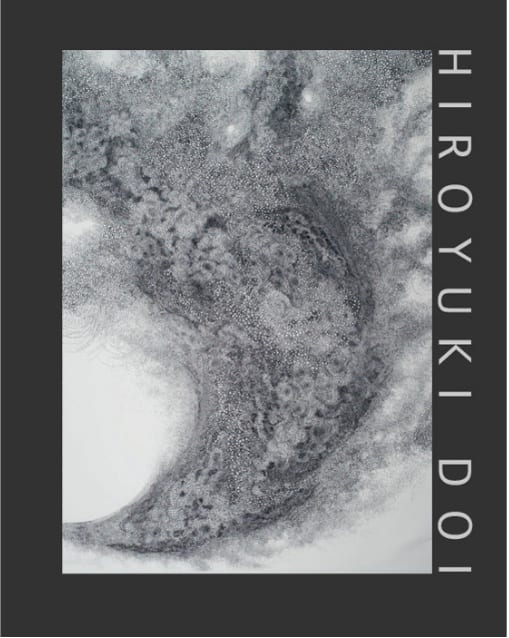The Japanese self-taught artist, Hiroyuki Doi, who was born in Nagoya in 1946, instinctively understands—and has been deeply moved by—the communicative power of the circle as a form and as a symbol. The circle is the basic form that he uses to incrementally build up and expand energetic, abstract compositions.
Doi has written that, for him, “using circles to produce images” has “provided relief from the sadness and grief” he has felt since the death, more than 35 years ago, of his youngest brother from a brain tumor. Since that time, as Doi has observed, he has created works that simultaneously allude to such themes as “the transmigration of the soul, the cosmos, the coexistence of living creatures, human cells, human dialog and peace.”
The artist, who uses pen and ink on Japanese washi (handmade paper) recalls: “By drawing, I started to feel calm. I started to feel that something other than myself allowed me to draw these works.” The traditional varieties of washi that Doi uses for his drawings include those made with fibers from the bark of the kouzo (known as the paper mulberry in English), the ganpi and the mitsumata.

